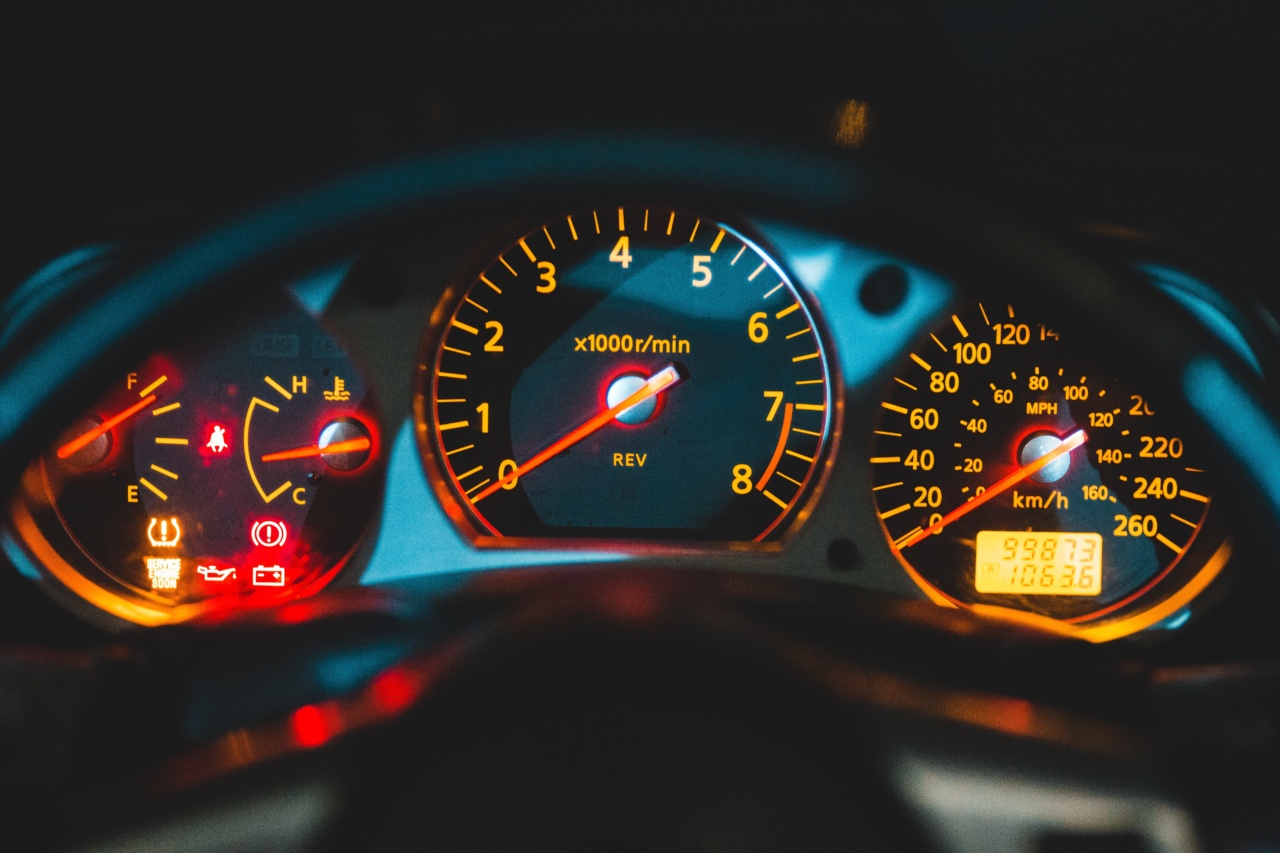Pressure is an important physical quantity that is widely measured in various industries and scientific fields. Accurate measurement of pressure is crucial for ensuring the safety, efficiency, and performance of many systems and processes.
Whether you are an engineer, scientist, or technician, it is essential to understand and implement best practices for measuring pressure like a pro. In this article, we will discuss four key practices that will help you achieve accurate and reliable pressure measurements.
1. Calibration and Recalibration
The first and foremost practice for measuring pressure like a pro is to calibrate your pressure measuring instrument regularly. Calibration ensures that the measurement readings from your instrument are accurate and conform to a known standard.
It involves comparing the instrument’s output with a reference standard of known accuracy.
Recalibration is equally important and should be performed periodically or whenever there is a significant change in the operating conditions or environmental factors that can affect the accuracy of the instrument.
Regular calibration and recalibration help maintain the instrument’s performance and ensure consistent and reliable pressure measurements over time.
2. Zeroing and Spanning
Zeroing and spanning are essential practices that help eliminate systematic errors in pressure measurements. Zeroing refers to the process of adjusting the instrument’s output to read zero when there is no pressure applied.
It accounts for any inherent offset or bias in the instrument’s measurement circuitry.
Spanning, on the other hand, involves adjusting the instrument’s output to read accurately at the upper end of the pressure range. It compensates for any non-linearity or gain errors in the measurement circuitry.
Zeroing and spanning should be performed as part of the initial setup and whenever necessary to ensure accurate measurements throughout the pressure range of interest.
3. Proper Installation and Mounting
The accuracy of pressure measurements can be significantly affected by improper installation and mounting of the pressure sensor or transducer.
It is crucial to follow the manufacturer’s guidelines and best practices for installing and mounting the instrument. This includes ensuring proper sealing, avoiding excessive vibration or shock, and minimizing temperature effects.
Proper installation also involves proper selection and installation of the pressure connections, including fittings, valves, and tubing.
Leaks, blockages, or restrictions in the pressure connections can introduce errors and affect the measurement accuracy. By following proper installation procedures, you can minimize these errors and ensure accurate pressure measurements.
4. Environmental Factors
Environmental factors can have a significant impact on pressure measurements. Temperature, humidity, and atmospheric pressure variations can affect both the instrument and the process being measured.
It is essential to account for these environmental factors and take appropriate corrective measures.
For example, if the temperature of the instrument or the process being measured fluctuates significantly, thermal expansion or contraction can introduce errors in the measurements.
In such cases, using temperature compensation techniques or installing temperature sensors can help account for these effects and provide more accurate measurements.
Similarly, changes in humidity levels or atmospheric pressure can also affect pressure measurements, especially in applications where the pressure is referenced to the atmosphere.
It is important to monitor and compensate for these factors when required to ensure accurate measurements.
Conclusion
Measuring pressure like a pro requires following best practices that ensure accurate and reliable measurements.
Regular calibration and recalibration, zeroing and spanning, proper installation and mounting, and accounting for environmental factors are key practices that every professional should implement. By adhering to these practices, you can achieve accurate, consistent, and trustworthy pressure measurements in your field of work.




























